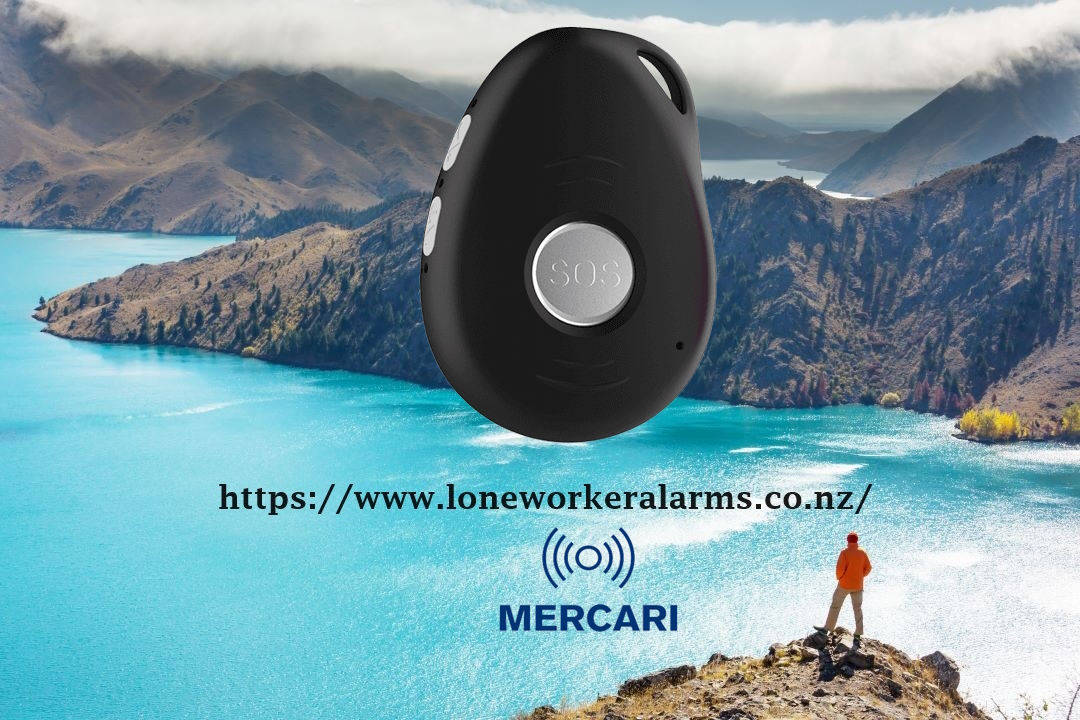Workplace safety is an important business KPI because it reduces worker injury, lowers occupational health costs and increases productivity. Employees who feel safe at work are more loyal and stay longer with their companies, reducing retraining expenses.
https://www.loneworkeralarms.co.nz/ Workplace safety standards and practices must be clearly stated to everyone including managers, supervisors, and all full and part time employees. Abiding by those guidelines must be a condition of employment.
1. Identify and Eliminate Hazards
Identifying hazards in the workplace is important because it helps to prevent injuries and illnesses. Some hazards are easy to see, but others may not be obvious until an incident occurs. To identify hazards, a company should conduct regular inspections and involve employees. Having employees conduct the inspections can be helpful because they know the work area and the equipment, materials and processes best. Having workers participate in the identification process also lets them report hazards without fear of reprisal. In addition to inspections, safety and health professionals should also look at accident and injury records.
img width="446" src=" ">
">
Some hazards can be eliminated by replacing equipment or materials that pose a threat, such as a faulty machine. Other hazards can be controlled through engineering controls, which physically alter the work environment or machines to reduce the risk of exposure. Administrative controls, which modify employee behaviors and policies, may also be used when a hazard cannot be eliminated or controlled through engineering controls. These include rules, supervision, schedules and training.
2. Train Your Employees
Safety must be a priority for your employees—and you must be prepared to provide them with the tools they need to do their jobs safely. That includes proper training, not just for new hires but also ongoing refresher courses. That’s because worker alertness and knowledge of safety protocols can decline over time.
Employees who understand the hazards they work with, the controls available to mitigate those risks, and how to report a near miss, injury, or incident without fear of retaliation are better equipped to keep themselves safe and to help others do the same. That’s why it’s important to give your team access to relevant information like safety data sheets; job hazard analysis (JHAs); safety recommendations from equipment and chemical manufacturers; inspection reports, including those redacted for privacy; and results of environmental monitoring.
Effective two-way communication encourages participation, compliance, and engagement—and can significantly reduce the costs of employee injuries and damages to industrial equipment that create downtime and loss of productivity. A strong safety culture can save your organization money and boost morale as well.
3. Conduct Regular Inspections
Observing work processes, equipment and storage areas can help identify problems that might otherwise be missed. Frequent inspections can help ensure that workers are always working safely and effectively.
An inspection team should be comprised of a manager, a supervisor and employees with knowledge of various processes and procedures. This helps ensure that the team can address all aspects of the workplace during the inspection.
It is important to discuss the planned inspection route before starting the inspection. This eliminates misunderstandings and saves time. It is also helpful to "huddle" before entering noisy areas. This eliminates arm waving and shouting that can disrupt the inspection process.
If the inspection identifies any immediate danger, it should be communicated immediately to authorities without waiting for the report. This will allow them to shut down or lock out any equipment that cannot be brought back to a safe operating condition until it is repaired. Corrective action might include adjusting corporate policy, adding or wearing additional personal protective equipment and engaging with staff to consider safety issues. It is advisable to schedule a follow up inspection according to national guidelines.
4. Invest in Equipment
If an employee isn’t equipped with proper personal protective equipment (PPE) or doesn’t have a safe way to perform a task, he or she may get injured. PPE can include hard hats, eye protection, gloves, earplugs, clothing and shoes. If a job requires climbing on ladders or scaffolding, workers should also have fall protection.
A safe work environment is a productive one. It costs less money to run a business when employees aren’t losing time due to injury or illness. https://www.loneworkeralarms.co.nz/fall-detection/ It also saves money on worker’s compensation claims, as well as the cost to train and replace staff members. In addition, avoiding damage to equipment can reduce repair costs.
Effective safety communication can help you keep your workforce happy and healthy, which will make it more likely that they’ll stick around. Employees who are happy in their jobs tend to be more motivated, so you’ll see better performance and less productivity loss. Plus, they’ll be a good advertisement for your business to attract like-minded employees in the future. https://www.loneworkeralarms.co.nz/gps-location-finding/ Investing in safe workplace practices can actually make you more money, too.
5. Encourage Reporting
Employees are often the best source of information regarding safety risks and hazards at work. Ensure that they have a voice in reporting incidents by making it a part of their job description. Include safety and health responsibilities in employee performance evaluations to hold employees accountable for their actions.
Many employees are afraid to report workplace injuries or near misses because they fear repercussions such as disciplinary action, which can lead to termination. Encourage workers to report despite this concern by providing them with an easy, efficient way to do so.
Employers should also educate workers on the importance of reporting near misses, letting them know that even though they may seem insignificant at the time, these incidents can be indicators of unsafe patterns or conditions that could lead to more severe accidents in the future. Additionally, employers should consider offering incentives or recognition to workers who report, as this can help build a culture of reporting and improve overall workplace safety. Finally, they should make sure that the reporting process is easy by avoiding lengthy forms and using online reporting platforms, for example.
![[PukiWiki] [PukiWiki]](image/pukiwiki.png)
